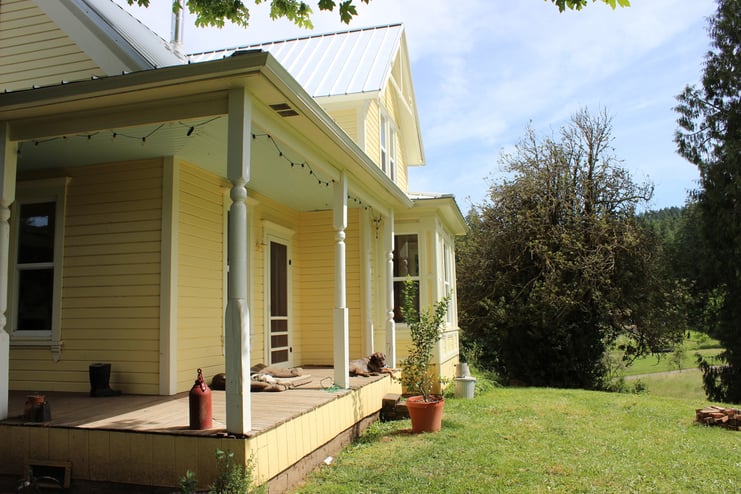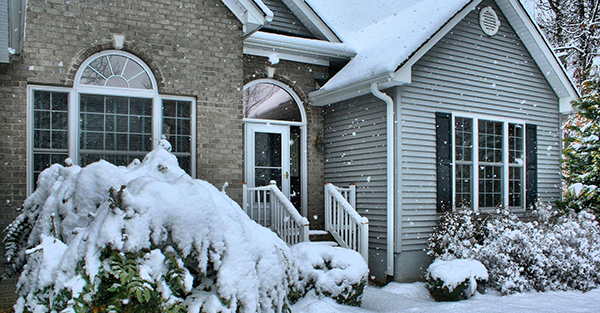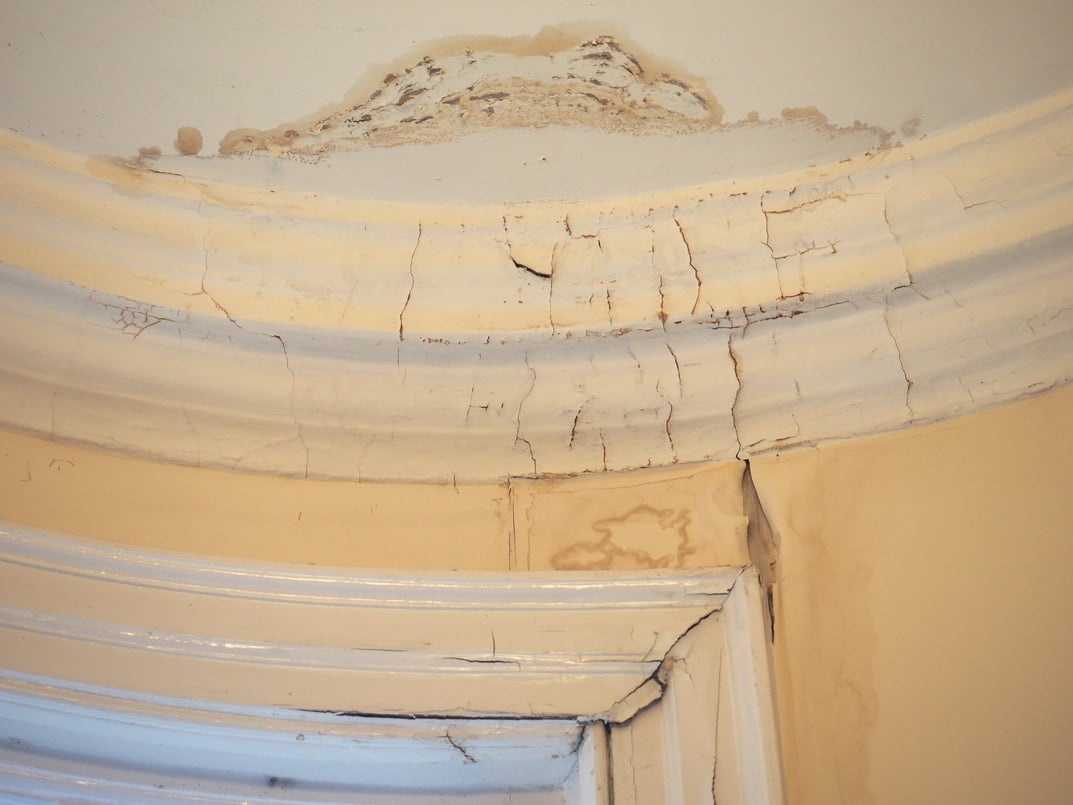
Your home’s siding doesn’t last forever. Well-performing siding helps ensure that your house stays in the best condition possible, keeping the cold out and the warmth in during the winter and vice versa during the summer. It helps prevent water from infiltrating your home and improves your energy efficiency. Plus, it helps your house keep looking great from the outside. What are the signs that it’s time to replace your siding?
It’s Cracked or Loose
Especially after a significant storm, your siding may be in rough condition. High winds can loosen siding and pry off whole boards. If your siding is loose, split, or cracked, whether as a result of age or wind damage, a professional inspection can help you determine whether you can replace individual boards or sections or whether it would be advisable to entirely replace your home’s siding.
It’s Faded or Peeling
Wood siding should keep its shape and color for 8-10 years under average conditions. If your home needs more frequent painting because it is peeling or has become significantly faded or discolored, it may be time to replace your siding. While you’re at it, you might look at sun-resistant vinyl siding, fiber cement siding, or EMCO steel siding, all of which are available in a variety of styles and colors that need very infrequent maintenance and retain their color for decades.
It’s Rotting or Warping
If your siding has begun to warp, rot, or become soft, it is time to replace it. To test for rot, insert a screwdriver or prybar gently under the boards and joints along gutters and chimneys to see if the material underlying the area is soft and easy to poke into. This indicates significant, irreparable rotting damage. Also, tap on the outside of the siding with the handle of a screwdriver; if it crumbles, splits, or sounds hollow, this can indicate dry rot. Dry rot is virtually invisible because it festers below the surface, leaving just the top layer of the siding intact.
It Has Holes or Damage
If your siding has suffered storm damage (despite your best efforts to keep it safe) or other damage (errant baseballs, for example), it may have holes or cracking. Other, smaller holes and damage in siding may be evidence of insects burrowing into the wood, like termites, ants, or other pests that can themselves cause significant damage. Whatever size they are, holes and cracks can lead to big problems, allowing rain and snow to get into and underneath the siding. Repairing this damage can be labor-intensive and costly, especially if insects and/or moisture reach your home’s structural framework. Unchecked moisture can lead to harmful mold growth.
It’s Growing
In fact, any type of growth such as fungus, mold, algae, or mildew on your siding can be a significant issue. This may indicate that moisture is being trapped in the siding or penetrating the siding and seeping into the walls. Although some fungus and mildew is harmless, it’s a good idea to remove it at least once or twice a year and inspect the area of its growth to ensure your siding is effectively keeping your home watertight.
It’s Bringing the Outside In
Bubbles in your exterior siding paint (particularly if you have wood siding), water stains on your interior walls, or evidence of water swell under your wallpaper are other good signs that your siding has stopped keeping the elements out of your home. Perform regular inspections, especially after storms, of the inside of your home’s exterior walls to make sure you don’t miss evidence of problematic water infiltration.
Your Bills Have Gone Up
If you’ve lived in your home for years and notice that your heating and cooling bills have gone up significantly and inexplicably, this can be a sign that your siding has reached the end of its functional life. First, check to make sure that your utility costs haven’t just risen per unit (i.e., that the power company hasn’t just raised the price of electricity), that you don’t have a bad or leaking roof, that your attic insulation is intact and functional, and that your family hasn’t changed its behavior significantly. Compare your heating and cooling bills to those of your neighbors, if possible -- especially those with newer siding. Replacing your siding and/or wall insulation can significantly reduce your energy usage and lower your bills .
Hedrick Construction in Huxley, Iowa, can help you figure out whether you can repair or need to replace your siding. We offer free inspections and estimates to homeowners in the Ames, Huxley, and Des Moines area for your home's siding, roofing, and windows. Contact us today to learn more!








Comments